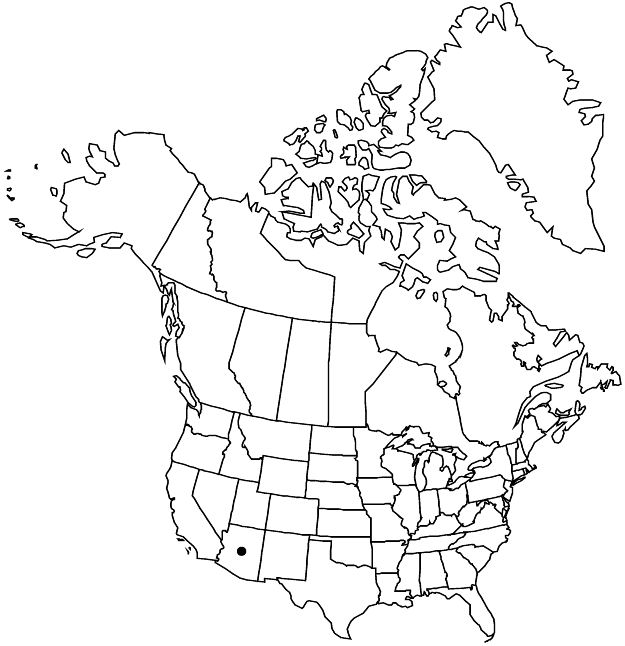Difference between revisions of "Purshia subintegra"
Phytologia 60: 468. 1986.
FNA>Volume Importer |
FNA>Volume Importer |
||
| Line 15: | Line 15: | ||
|label=Endemic | |label=Endemic | ||
}} | }} | ||
| − | |basionyms={{Treatment/ID/ | + | |basionyms={{Treatment/ID/Basionym |
|name=Cowania subintegra | |name=Cowania subintegra | ||
|authority=Kearney | |authority=Kearney | ||
| + | |publication_title=Madroño | ||
| + | |publication_place=7: 15. 1943 | ||
}} | }} | ||
|synonyms={{Treatment/ID/Synonym | |synonyms={{Treatment/ID/Synonym | ||
| Line 66: | Line 68: | ||
|publication year=1986 | |publication year=1986 | ||
|special status=Conservation concern;Endemic | |special status=Conservation concern;Endemic | ||
| − | |source xml=https://jpend@bitbucket.org/aafc-mbb/fna-data-curation.git/src/ | + | |source xml=https://jpend@bitbucket.org/aafc-mbb/fna-data-curation.git/src/f6b125a955440c0872999024f038d74684f65921/coarse_grained_fna_xml/V9/V9_561.xml |
|subfamily=Rosaceae subfam. Dryadoideae | |subfamily=Rosaceae subfam. Dryadoideae | ||
|tribe=Rosaceae tribe Dryadeae | |tribe=Rosaceae tribe Dryadeae | ||
Revision as of 20:37, 24 September 2019
Shrubs, evergreen or tardily drought-deciduous, 2–8(–12) dm. Stems: young-stem internodes 2.5–9(–13) mm, closely arachnoid-villous, sometimes pubescent-hirtellous, rarely stipitate-glandular; short-shoot spurs simple, 1–10 × 1–1.3 mm. Leaves: blade green adaxially, linear to oblanceolate, (3–)4–8(–10)[–17] × 1–1.3(–2)[–4.2] mm, margins revolute (not obscuring abaxial surfaces), entire or with 1–2 teeth or lobes, lobes ascending, oblong, 1(–2) mm, margins strongly revolute, apex obtuse-rounded, sometimes ± apiculate, abaxial surface densely arachnoid-villous, midvein glabrous (when exposed), adaxial hirtellous (along midvein proximally), initially closely arachnoid-villous, glabrescent, eglandular. Pedicels 1.5–6(–12) mm. Flowers: hypanthium narrowly obconic, 3–6 × 1.5–3.2 mm, 4.5 mm diam. in fruit, arachnoid-villous, rarely stipitate-glandular; petals light yellowish cream, obovate-spatulate to spatulate, (4–)6–8 mm; stamens (28–)34–54; carpels (2–)4–5(–6). Achenes oblanceoloid, 5–6 × 1.5–2.5 mm, 13–15 ribbed, persistent style 32–45 mm, plumose hairs 1.5–3 mm. 2n = 18.
Phenology: Flowering Mar–early Jun.
Habitat: Whitish, lacustrine-derived limy soil of Miocene-Pliocene age
Elevation: 600–1100 m
Discussion
Of conservation concern.
Purshia subintegra is known from four populations in Arizona: Mojave County (north of Burro Creek); Maricopa and adjacent Yavapai counties (Tonto Basin, western side of Horseshoe Reservoir on Verde River); Yavapai County (Verde Valley, south of Cottonwood, the largest population); and Graham County (San Carlos Basin northwest of Bylas). The first three populations consist of plants with both entire or lobed leaves (on individual plants) and some stipitate glands on pedicels and hypanthia. The Bylas population consists mainly of plants with mostly entire leaves and without stipitate glands, although some collections from that population have stipitate glands and others have lobed long-shoot leaves. The lobed leaves and stipitate glands have been considered markers of introgression with P. stansburyana, which has been confirmed by morphometric studies (F. W. Reichenbacher 1994) and by molecular markers (S. E. Travis et al. 2008) that provide evidence of introgression with P. stansburyana in all but the Bylas population.
Because of this variation and introgression, C. G. Schaack (1987) lectotypified Purshia subintegra on a specimen with lobed leaves, relegating that name to hybrid status. He named a new taxon (P. pinkavae) from the population near Bylas that mostly (but not entirely) lacks stipitate glands and lobed leaves; this seems unnecessary, as edaphic and morphologic continuity exists among known populations of P. subintegra, and all four populations share at least some traits with P. stansburyana as well as with P. ericifolia.
